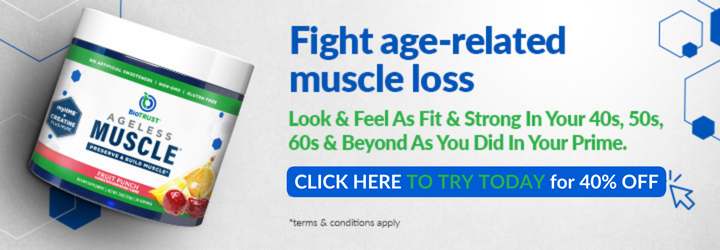Powerlifting Through the Ages
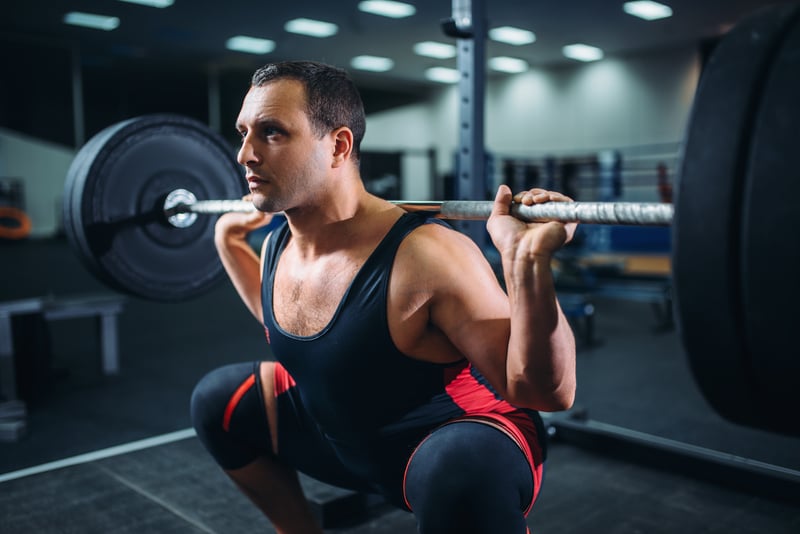
You’re never too old to lift weights! And, while you may have never considered heavy lifting (or just thought your time was past), powerlifting for seniors is an excellent idea. (FYI, you’re probably not too young to start powerlifting either.) Whether you decide to compete or you’re just lifting for the health benefits, these classic movements are great exercises for all fitness levels throughout the ages.
What Is Powerlifting?
While you may be familiar with “weightlifting,” you may wonder how it differs from powerlifting. Weightlifting typically involves working the entire body equally with the goals of toning or increasing muscle size, increasing strength, and changing body composition to enhance the ratio of body fat to muscle mass.
Powerlifting, on the other hand, focuses on lifting the maximum amount of weight you can for one repetition. This is referred to as your “One Rep Max” or “1RM.” Many people enjoy competing in the sport of powerlifting as it is usually divided into categories based on weight and age, making the competition relatively equitable.
Training for powerlifting mostly revolves around three main compound lifts: squats, deadlifts, and bench presses. Squats strengthen your legs (front: quads, and back: hamstrings), glutes, and core. Deadlifts also work your glutes and hamstrings, but they also target your back, core, shoulders, and arms, making it a full-body exercise. The bench press works the chest, shoulders, and arms (bis and tris).

Key Powerlifting Elements
Powerlifting for seniors, as well as other age groups, focuses on a few key elements. These include:
Proper Technique—while it’s certainly important to use proper form whenever you lift weights, it’s definitely part of the protocol when it comes to powerlifting. Since you’re aiming for maximum weight, it’s extremely important that you learn to lift correctly to ensure your safety.
Strength Focus—unlike other lifting sports such as bodybuilding, CrossFit, or toning, the primary goal of powerlifting is to increase strength. Participants are not worried about aesthetics or size but instead are working toward personal bests in strength.
Train in Cycles—if you’re training to compete (which is definitely a possibility), you’ll want to follow a cyclical training approach. One cycle might focus on building strength, while the next may have you perfecting your technique. And if you’re ready for the challenge of competition, you’ll work on peaking for your meet.
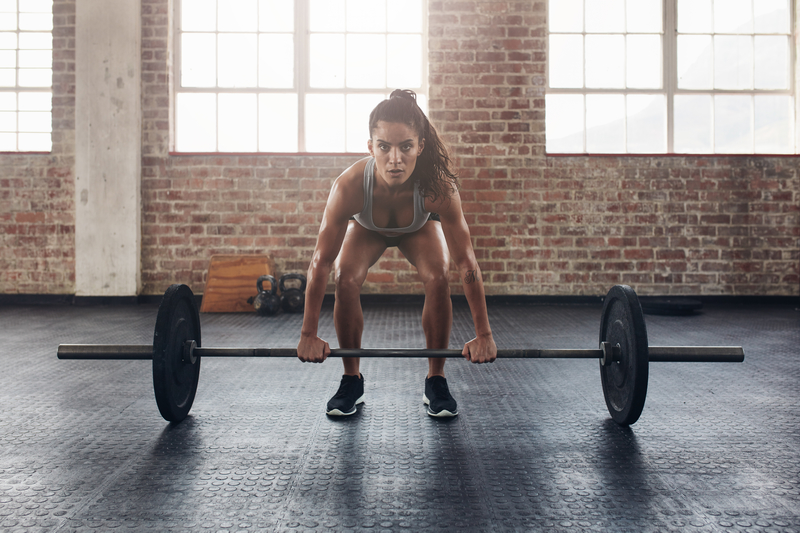
What Are the Benefits of Powerlifting Through the Ages?
Believe it or not, people of every age can benefit from powerlifting. Here are a few of the many reasons to powerlift:
Train your brain—yes, it’s true. The concentration and attention to technique you need for powerlifting will help keep your brain sharp.
Boost bone strength—if you didn’t know, weightlifting is a fantastic way to build bone strength, and powerlifting is no different. Weight-bearing exercises are a great way to combat osteoporosis or fend it off altogether.
Improve your balance—lifting helps you improve your balance as well as your stability since the movements themselves require both balance and strength.
Functional fitness—what you work on in the gym will directly benefit you in your everyday living, such as walking up the stairs or bringing in all the groceries.
More confidence—how much better will you feel after conquering the weights and proving to yourself that you can do hard things that most other people can’t? The sense of accomplishment alone is worth its weight in iron.
Avoid muscle loss—as you get older, you naturally start to lose muscle mass. Powerlifting will help you avoid this loss, and, in fact, build quality, metabolically-active muscle mass.
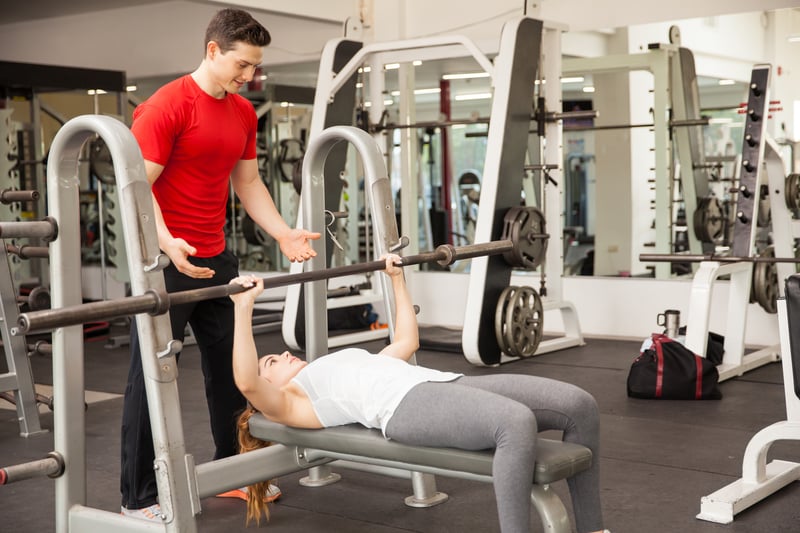
Here’s How to Adjust the Workout for Your Age and Fitness Level
Whether you’re powerlifting for seniors or starting at a younger age, here’s how you can adjust the program for you:
Powerlifting for Seniors
Form—make sure your form is on point. If you’re just getting started with powerlifting, use light weights until you get the form down pat. Don’t move on to heavier lifts until you’ve mastered the basics.
Machines—don’t be afraid to throw some machines into the mix as you learn the ropes and work on your strength. Or, warm up your muscles and joints with some machine work before proceeding to powerlifting moves.
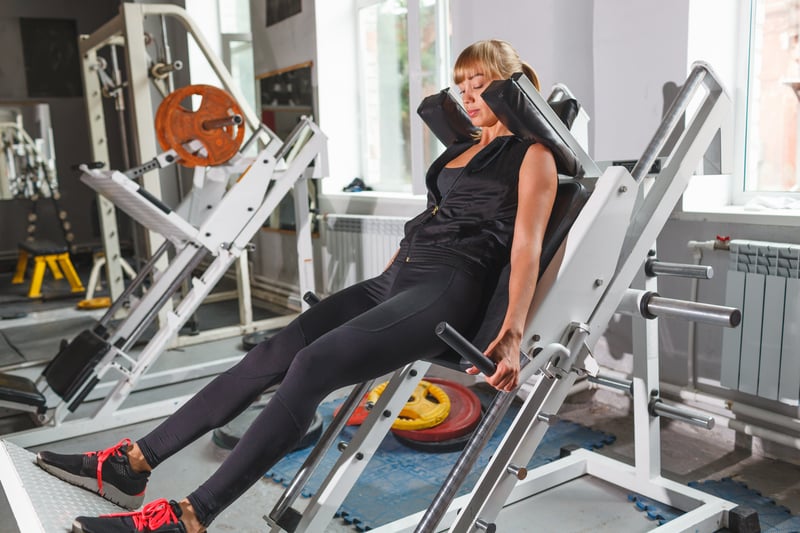
Protect your joints—always warm up thoroughly before moving on to the heavier lifts. Work in alternative movements like sumo deadlifts or squats onto a box until you get stronger and perfect your form.
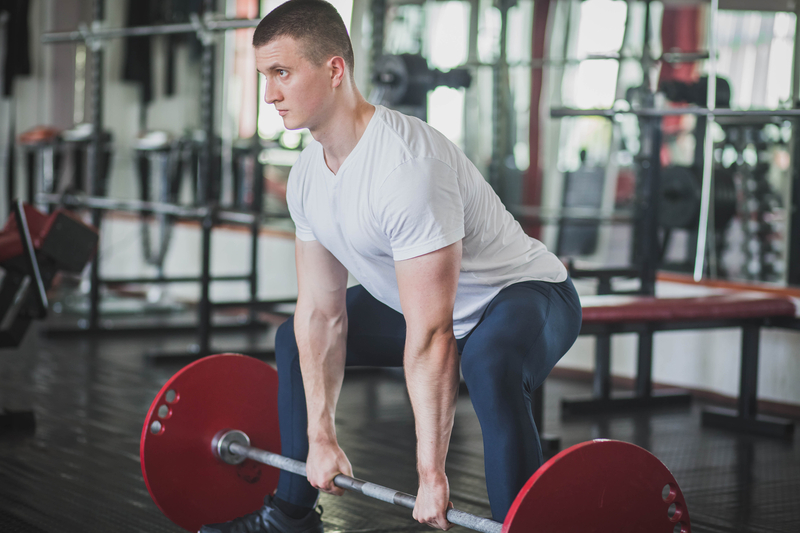
Powerlifting for Middle-Age Lifters
Warm up—don’t neglect your warmups. It’s so important to get your muscles warm and your joints ready for the intense workout ahead.
Adjust volume and intensity—it’s always important to maintain perfect form, even if that means scaling back on the amount of weight you’re lifting.
Recovery—give yourself enough time to recover, both between sets and between workouts. If something hurts or you don’t feel ready, take a step back until your body is ready for more.
Powerlifting for Younger Lifters
Learn the basics—you’re probably chomping at the bit to get started, but learning how to do the lifts properly will help you build a strong, injury-free foundation. If you can, hire a personal trainer to show you the ropes and ensure you’re building strength with proper form.
Muscle growth—powerlifting at a young age can help you build muscle relatively quickly, which will help you across the board to excel in other sports. Focus on core strength and working on proper posture to add muscle to a strong frame.
Go slowly—there’s no rush to lift heavy. Progress slowly by gradually increasing your lifts over time. Master each lift and ensure you use proper form before moving up.
Powerlifting has a little something for everyone. You don’t have to be muscular or strong to get started. As long as you put in the work, you’ll be richly rewarded with strength, vitality, and independence when you adapt this workout to fit you and your needs. And remember, it’s never too late to get started!


